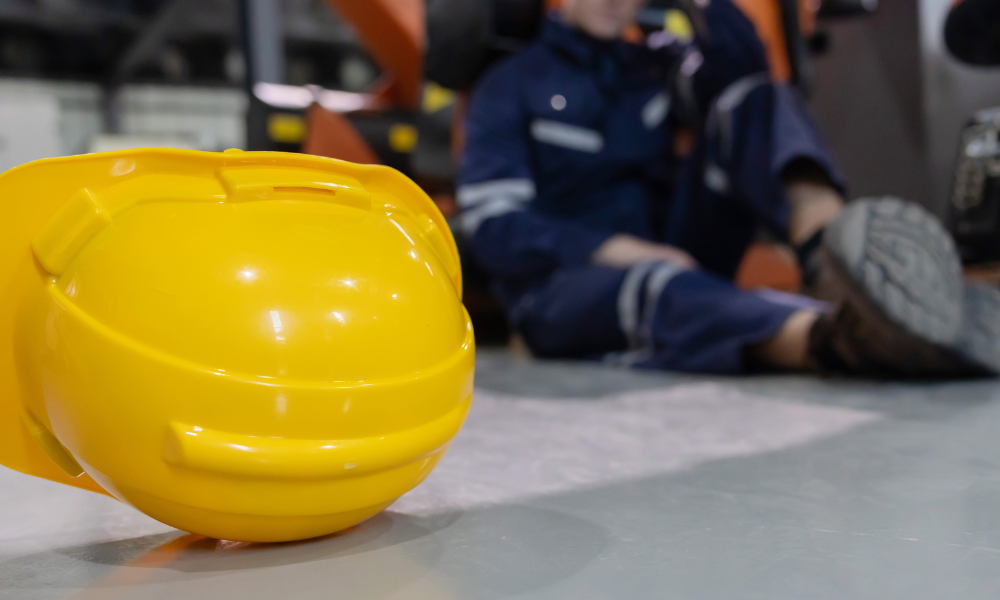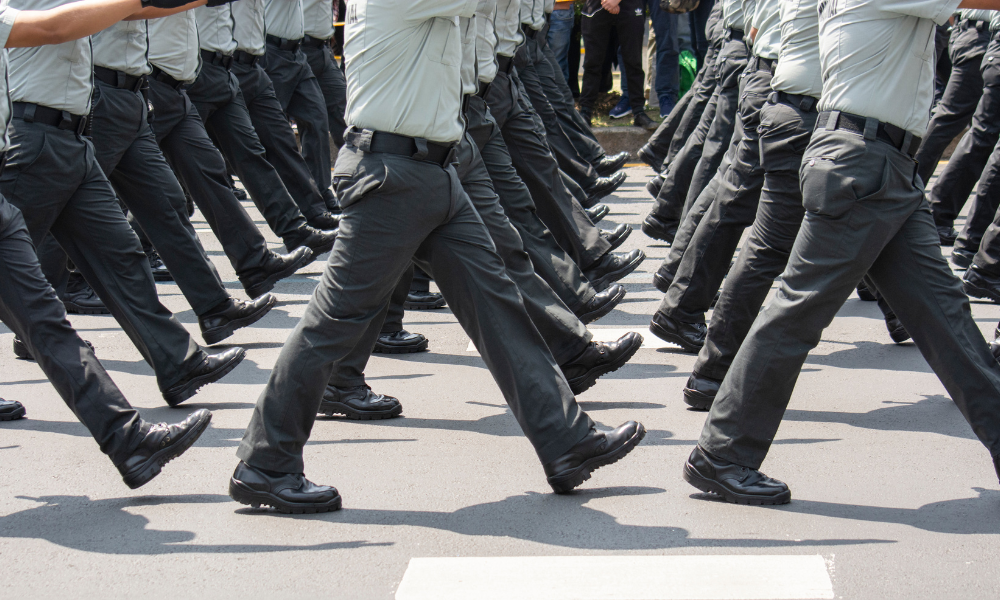'Construction is a dangerous environment; hazards are all around us and something you have to consider'

One of the hardest aspects of health and safety on a job site is countering the inherent optimism that many workers have. No one thinks that they’ll be the one to suffer from a potentially fatal accident. It always happens to others. Until it doesn’t.
Pushing for safer behaviours and attitudes is a constant task. While we have stats for injuries, fatalities or near misses, it is almost impossible to quantify all those times where a safe behaviour prevented an injury or death. Wearing a harness and properly tying off may seem like a chore for some, but safety professionals know that these simple steps are what can make the difference between life and death.
“I can say that there are definitely people still walking around today that possibly wouldn’t have been walking around if we didn’t do what we do. You could never prove it, but I do know it. That’s what keeps you going,” says Alistair McIntyre, Area Health & Safety Manager, Canadian Turner Construction Ltd.
And in those environments where safety is less than optimal, being overly optimistic can be deadly. “People judge themselves by what they see around them. And if that [environment] isn’t great then you can have a false perception that you’re doing ok,” says McIntyre. “People are far too comfortable to don a harness and tie-off and not go that extra mile and build themselves a platform with a handrail and proper access […] There are systemic challenges.”
When McIntyre first got into workplace health and safety, the profession was very much in its infancy – it wasn’t an obvious career choice so to speak – “I evolved into it.” He started his career as a civil engineer in the UK. In the late nineties, the company he was working for at the time decided to go for its quality accreditation, something McIntyre was inherently responsible for. This ultimately evolved into more systematic ways to manage risk be that quality risk, environmental risk and latterly safety risks, which was his introduction to the sector.
“Construction is a dangerous environment; hazards are all around us and something you have to consider. And that’s how I ended up it in.”
Now based in Canada, McIntyre has a very unique perspective which allows him to have a broad overview of safety having experienced OHS in Europe and North America. He says that in his experience, Europe is perhaps more advanced on the regulations side. Conversely, however, McIntyre says he loves “the camaraderie that the industry has [in Canada]. People are proud to work in construction.”
To push for change, you have got to harness the good bits of each country’s culture. “You’re trying to influence people in the right ways, and that’s very difficult to do. So it’s a real challenge. I think that people are hardwired to be basically optimistic. They never think it’ll happen to them. Everyone I’ve interviewed after an accident has never set out to [be injured] that day,” says McIntyre.
Years after his introduction to the safety world, the sector is very different. “Safety has been a journey, it’s evolved from something you do after the event to something that is – in theory – part of how you think and behave,” he says. “We still have work to do, but I’ve really enjoyed it. It’s never been dull.”





